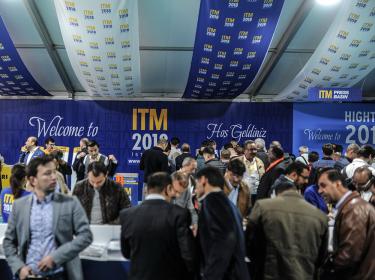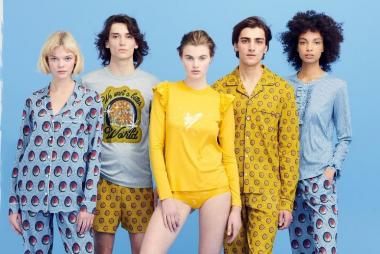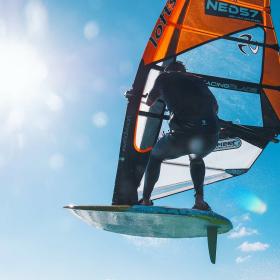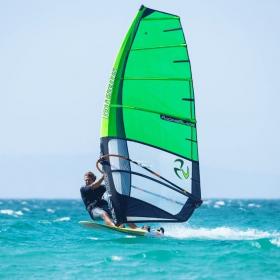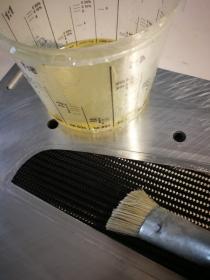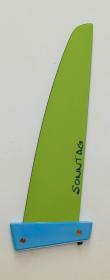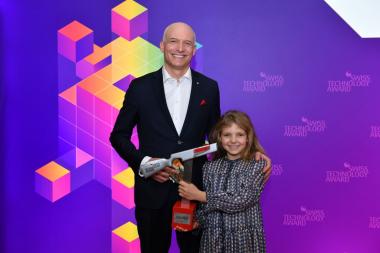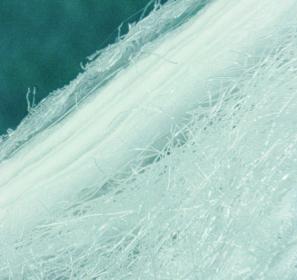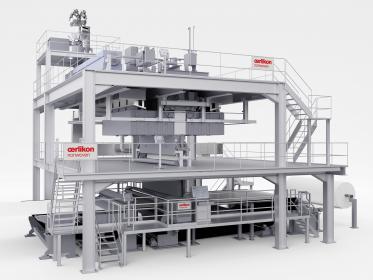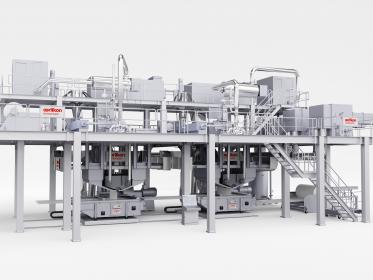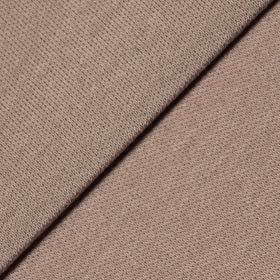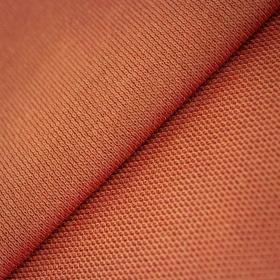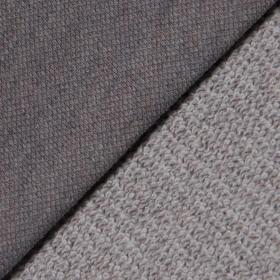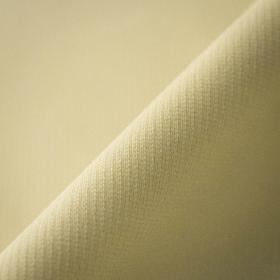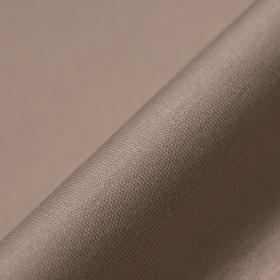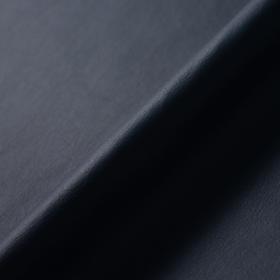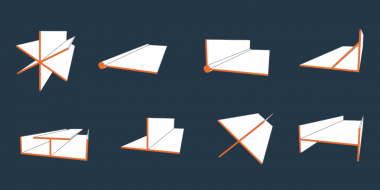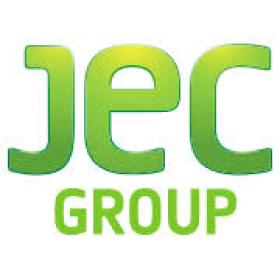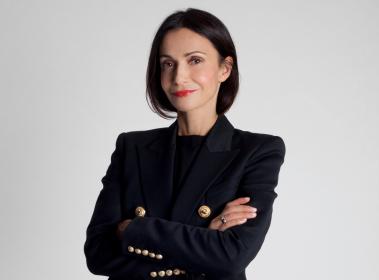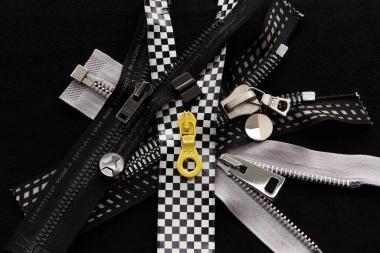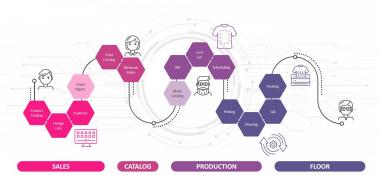Turkish textile manufacturers wait for ITM 2021 Exhibition to expand their investments
The Turkish textile industry, which continues its exports and investments without slowing down despite the devastating pandemic, once again proved its strength, especially in this period. ITM 2021 Exhibition, which will be held in Istanbul between 22 and 26 June 2021, will provide a great advantage to companies that desire to expand their investments and introduce their brand new technologies.
Although there were slowdowns in the textile industry in April and May this year due to the troublesome coronavirus pandemic , the Turkish textile industry succeeded a big breakthrough with the removal of restrictions in June, thanks to both its textile production infrastructure and international exports capacity. The exports of the textile and raw materials sector increased and the companies turned to new investments. While many local companies enlarged their facilities, some of them made new investment decisions. For example, while a giant hygienic and medical fabric production facility was invested in Çorlu, another Turkish company, a global brand in textile machinery production, decided to invest 40 million Turkish Lira. Gaziantep-based spunbond and meltblown nonwoven manufacturer company added two new meltblown lines to its operations. Another company also began to invest in the production of raw materials that they import. This investment activity in Turkey, where is a manufacturing base of European customers whet the appetite of international investors. One of South Korea's largest conglomerates has rolled up its sleeves for an investment of 430 million US Dollars in Çerkezköy. Due to the investments, the purchase of textile machinery increased by 37.1 percent in the first nine months of 2020 amounting to over 1 billion US Dollars.
The Accurate Address for Investment Decisions: ITM 2021 Exhibition
Although the companies took advantage of the pandemic period as an opportunity and continued their investments, many of them are waiting for the ITM 2021 Exhibition for large machinery purchases. ITM 2021 Exhibition, which will be held between 22 and 26 June 2021 at Istanbul Tüyap Fair and Congress Center, will gather thousands of participating companies and visitors under one roof. The company officials, who will have the opportunity to observe the latest technological products to be exhibited by the international and domestic exhibitors, will direct their investments by meeting with the experts of the sector. The machines produced for technical textiles, which became even more important during the devastating pandemic period, will attract the attention of visitors. Thanks to the machinery purchases and business partnerships of both domestic and international companies, there will be great dynamism in the textile industry and the national economy.
ITM


